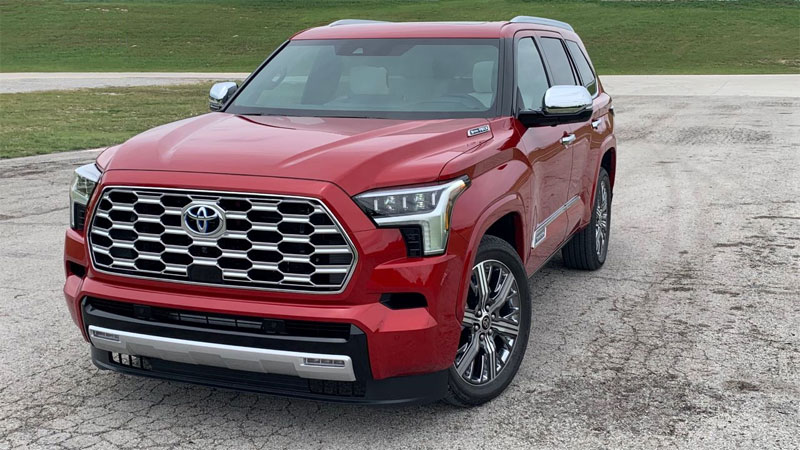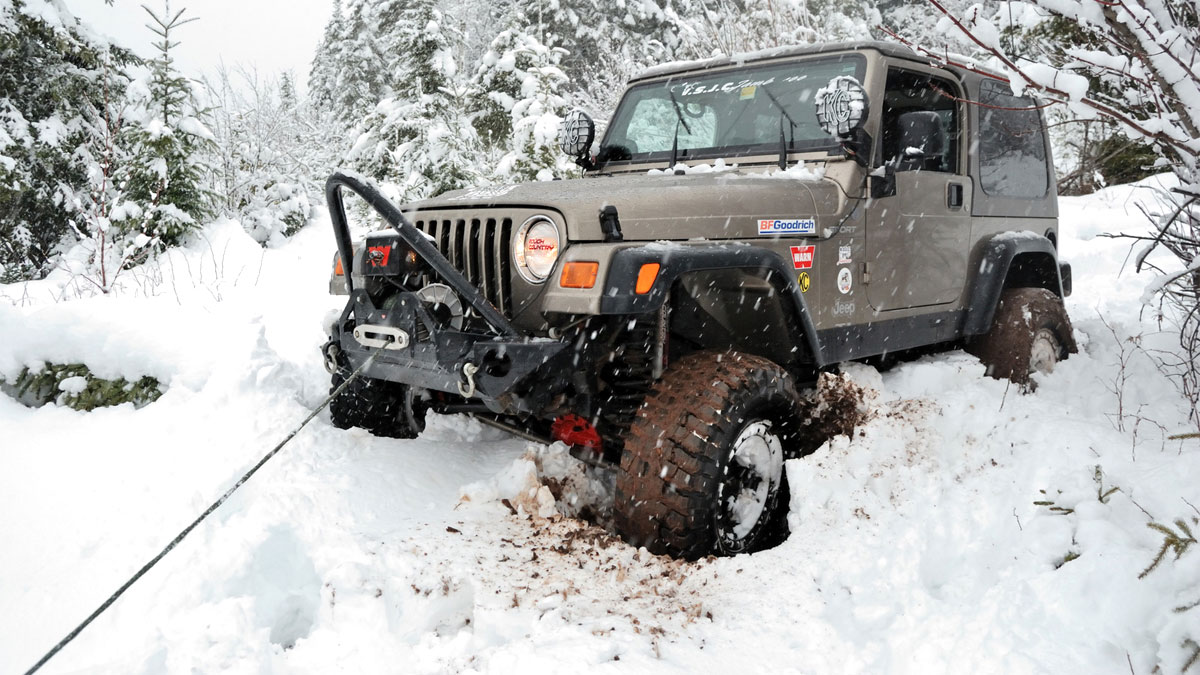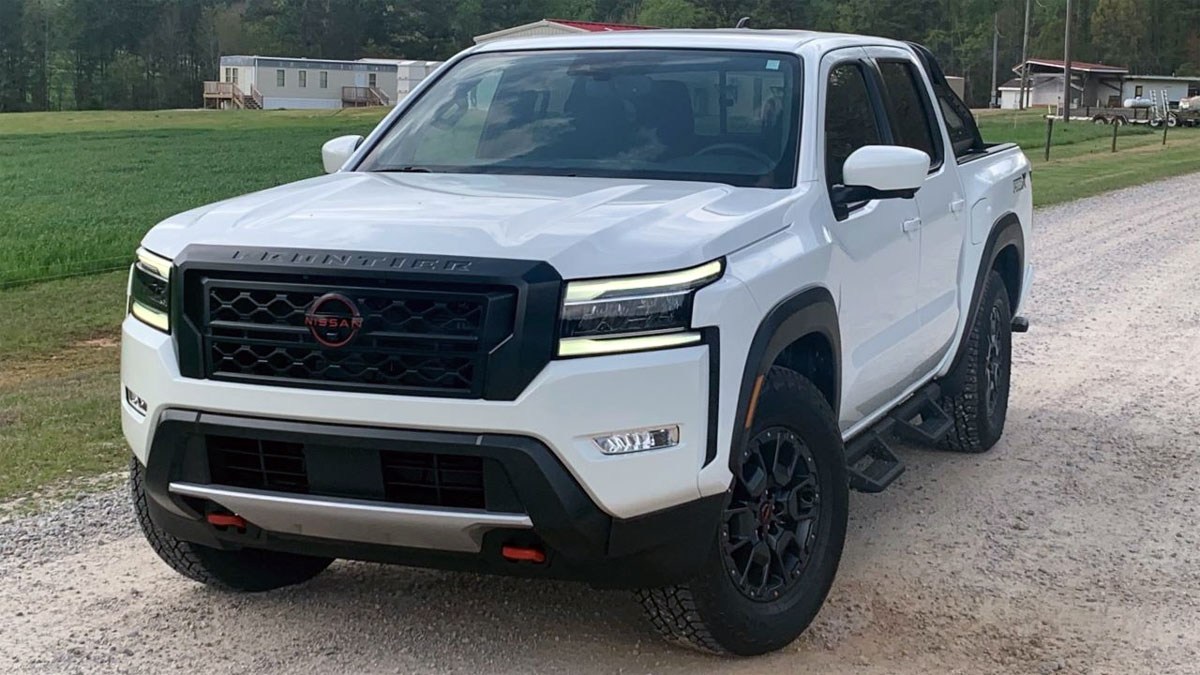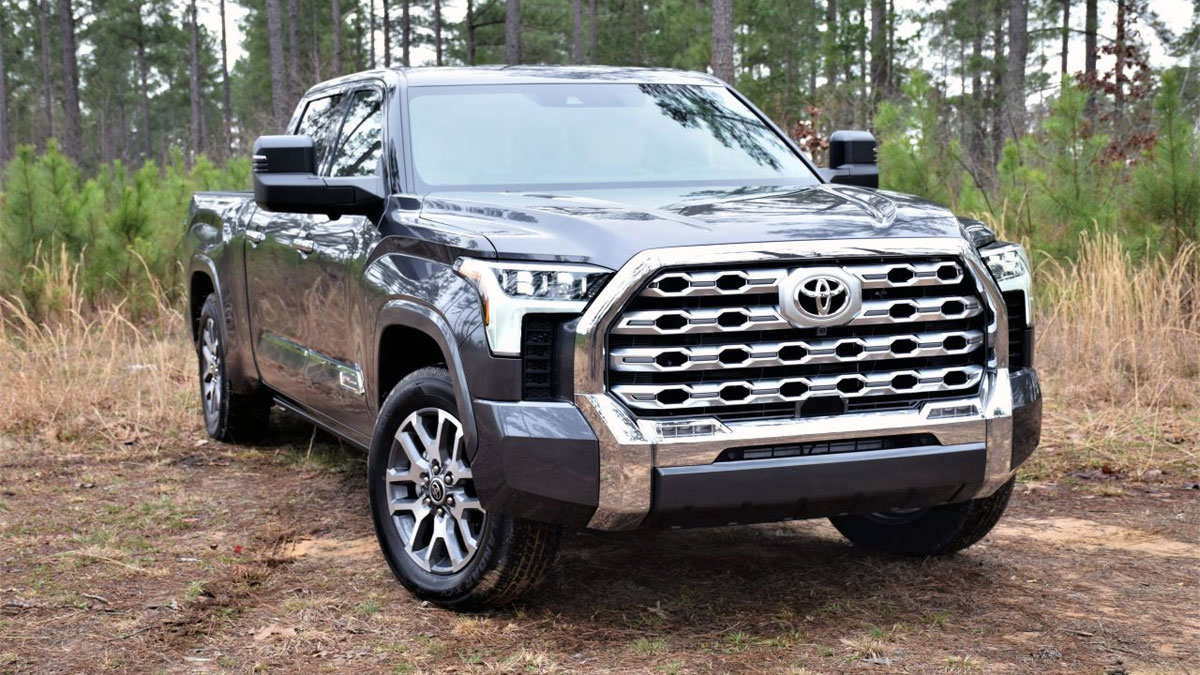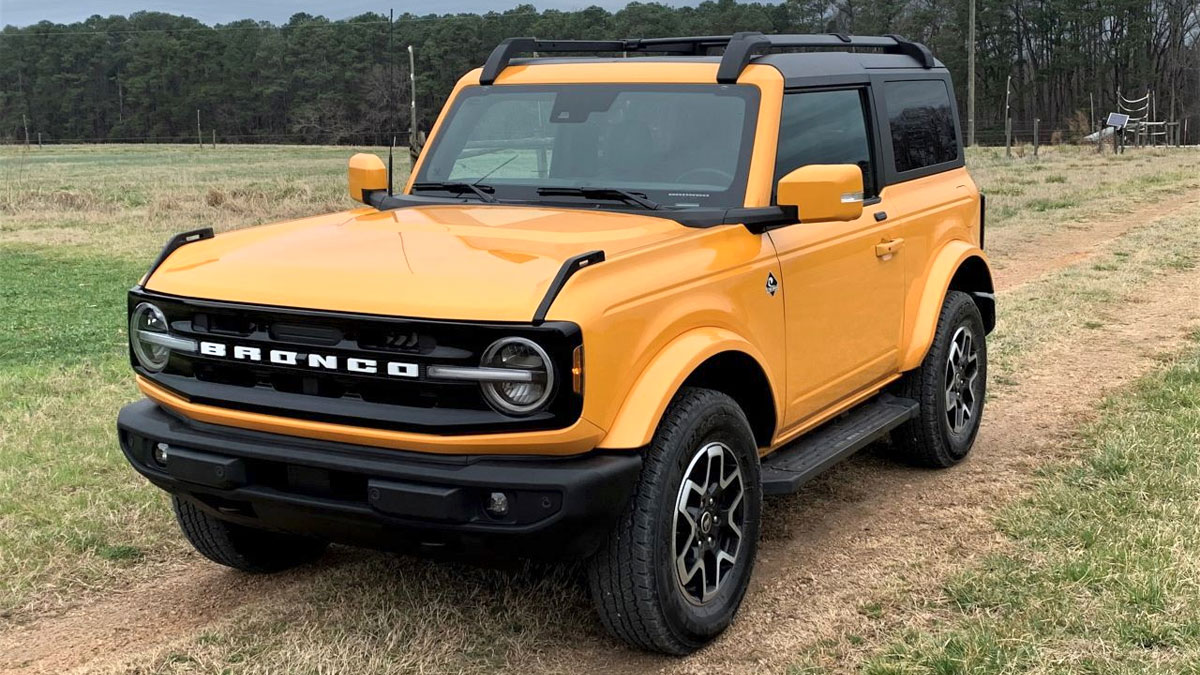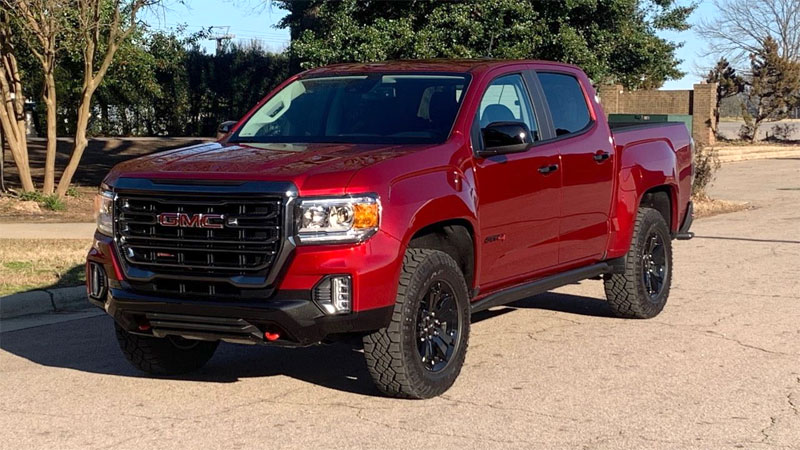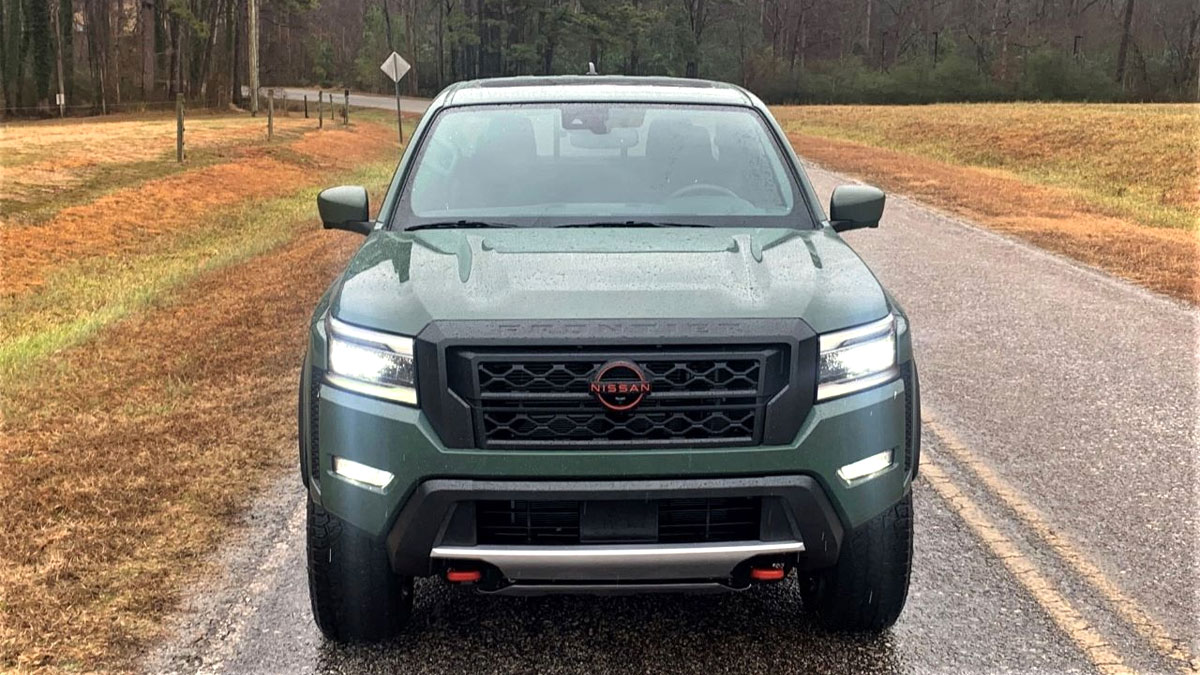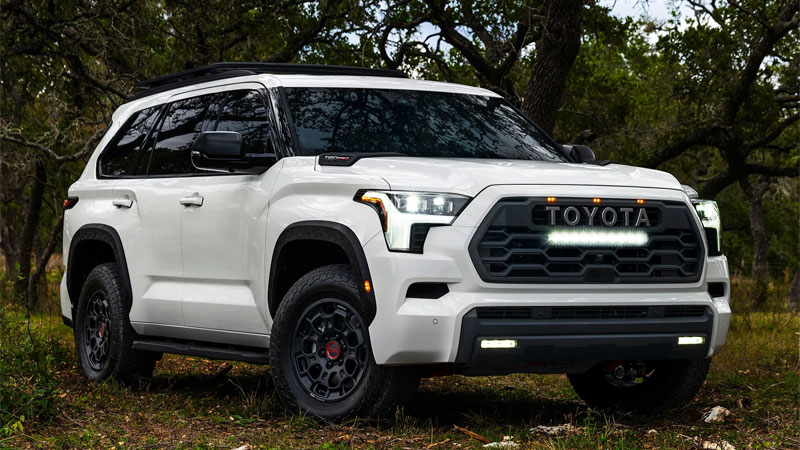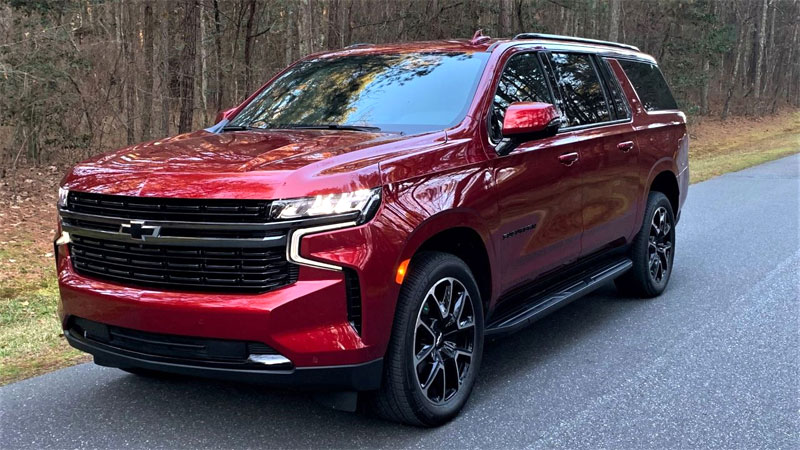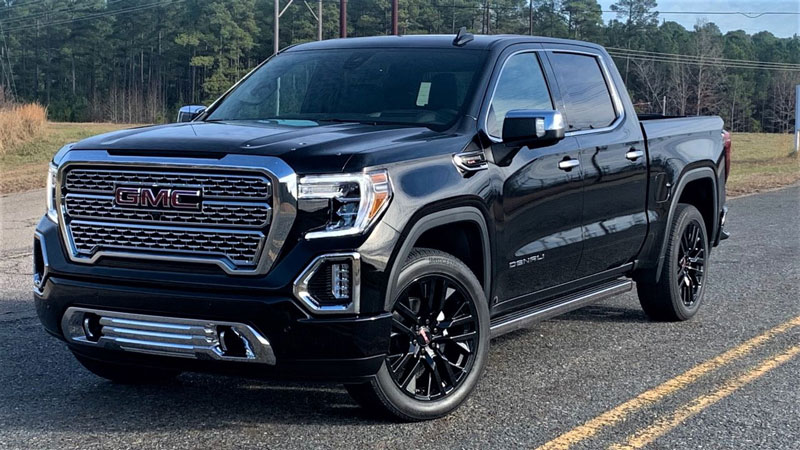First Look: 2023 Toyota Sequoia
If the Toyota Sequoia is a mystery to you, then you’re in strong company. Last updated in 2008, this full-size SUV is all-new for 2023. Certainly, 15 years is a long time between updates, which explains why the Sequoia does not ring a bell with some. But thanks to an … Read more

